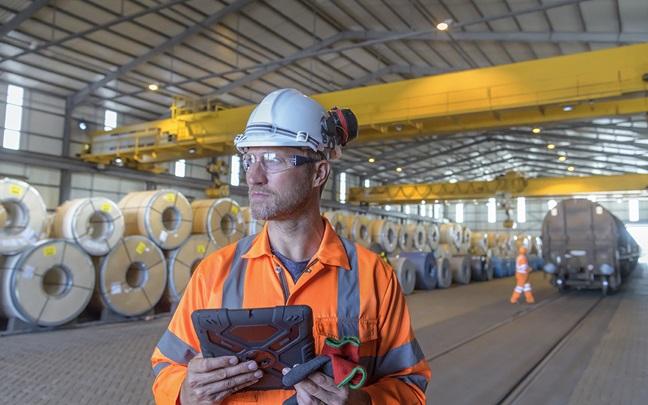Manage climate risk now, for the future
Climate change and the transition to a net-zero economy pose new challenges for all organizations and governments. Our global, multi-disciplinary team of experts can help you act now to manage today’s climate risks and develop a strategic response for the long term. Drawing on our global expertise, we provide analytics, advisory and implementation services to help you identify, measure and respond to climate-related risks and opportunities.
Why WTW
- Climate risk is in our DNA. Managing risk is at the heart of the climate challenge and we have been helping our clients turn risk into opportunities for growth for decades.
- Modelling climate risk for 30 years: Since the earliest emergence of catastrophe modelling in the early 1990’s we have been at the forefront of modelling and pricing climate risk.
- The widest possible reach. Climate change is a global, whole-economy challenge. we work in over 140 countries and have relationships with 85% of the US Fortune 1000 and 90% of the Global Fortune 1000.
- Combined expertise. We deploy multi-disciplinary team of climate risk specialists, engineers, modelers, natural catastrophe consultants and enterprise risk consultants to meet complex climate challenges.
From planning to implementation
Our comprehensive approach sets us apart. We understand that aligning with the Paris Agreement, meeting obligations around transparency and governance, and managing the physical risks of climate change demands practical solutions tailored to meet your complex needs. We deliver extra value by offering the full spectrum of climate risk solutions helping you on your journey from understanding and measuring climate risk to implementing changes to your operations, organization and value chain.
Wherever you are on your climate risk journey, we are there to help you take the next step and build long-term resilience for the future.
How we help you to manage climate risk
Financial services
We support banks, insurers, asset owners and asset managers to identify, assess and respond to physical and transition risks. Using our market-leading data, tools and advice, you can:
- Conduct climate stress testing and scenario analysis for portfolios.
- Set and implement a strategic response to climate, including decarbonisation pathways and climate solution allocations.
- Comply with regulatory and disclosure requirements for climate-related risks (such as the recommendations of the Taskforce on Climate-related Financial Disclosure – TCFD).
- Form a nuanced understanding of physical and transition risks and opportunities for investments and assets.
Corporates
The world’s largest corporations trust us to help them identify their climate risk exposure and manage risks and opportunities. We help businesses across all sectors of the economy to:
- Conduct climate stress testing and scenario analysis for portfolios.
- Set and implement a strategic response to climate, including decarbonisation pathways and climate solution allocations.
- Comply with regulatory and disclosure requirements for climate-related risks (such as the recommendations of the Taskforce on Climate-related Financial Disclosure – TCFD).
- Form a nuanced understanding of physical and transition risks and opportunities for investments and assets.
Government and Development
We work with governments, development finance institutions and non-governmental organizations to integrate climate risk into policies, plans, and humanitarian and development programmes worldwide. We help build resilient communities through:
- Transition risk analysis that identifies and assesses systemic risks, including national, regional and local public finances.
- Climate risk and vulnerability analysis at national, regional or local levels to support project preparation, planning or development objectives.
- Disaster risk financing and risk transfer solutions, including insurance product development and (re)insurance-linked securities.
- Innovative insurance and financing mechanisms to support ecosystem resilience and nature-based solutions.
At the heart of the climate transition
WTW plays a central role in economy-wide efforts to transition to a net-zero, climate-resilient future:
- In 2019, WTW and the World Economic forum founded the Coalition for Climate Resilient Investment, aiming to improve the pricing of physical climate risks and climate resilience in investment decision-making.
- We are working to close the insurance protection gap in many developing countries. In 2016, we founded the Insurance Development Forum to further this work.
- We are signatories to the UN Principles for Responsible Investment, the Principles for Sustainable Insurance, and the Financial Stability Board’s
- We work closely with regulators and central banks to develop climate stress testing and disclosures and reporting of climate-related risks.
- Our climate work is informed by our $50 million investment in the award-winning WTW Research Network (WRN). Founded in 2006, the WRN supports climate and natural hazard research in partnership with leading universities and research organizations.
In 2015, we created the Thinking Ahead Institute (TAI), which works to influence change in the investment world.



















